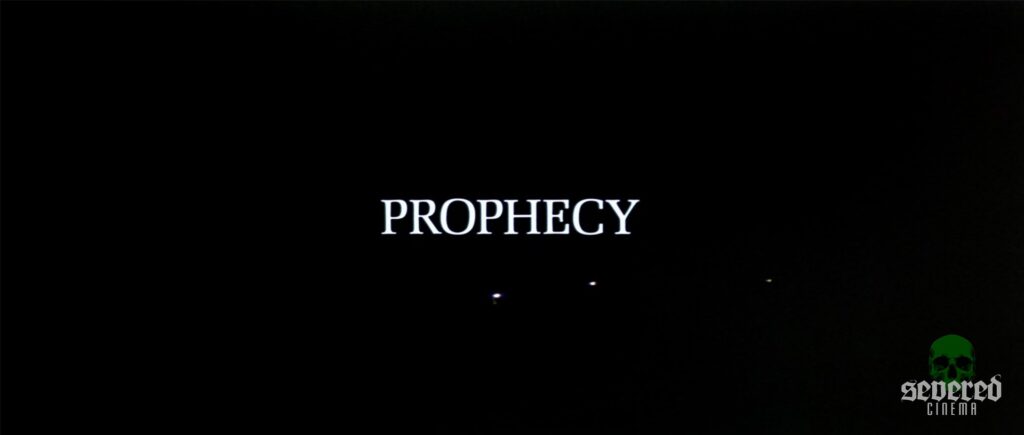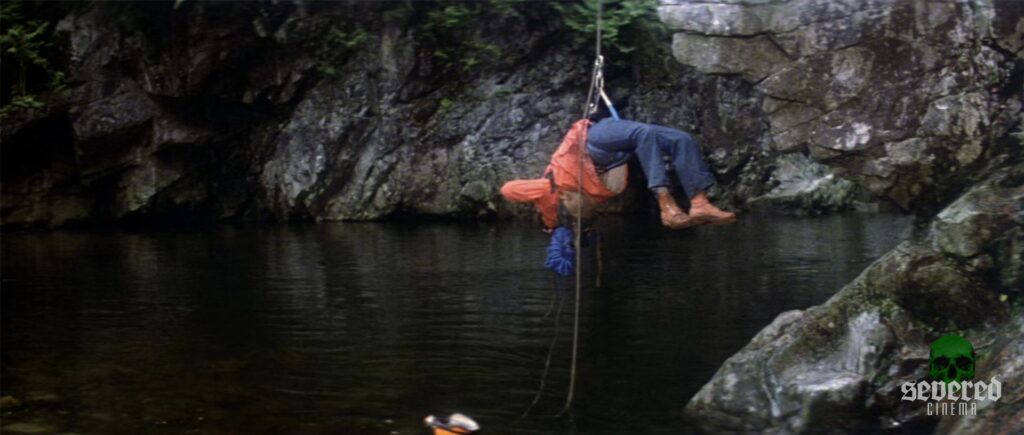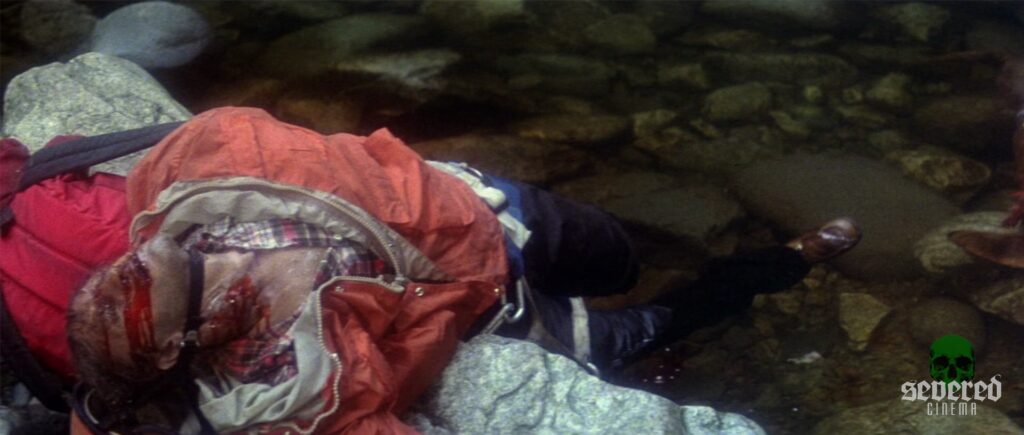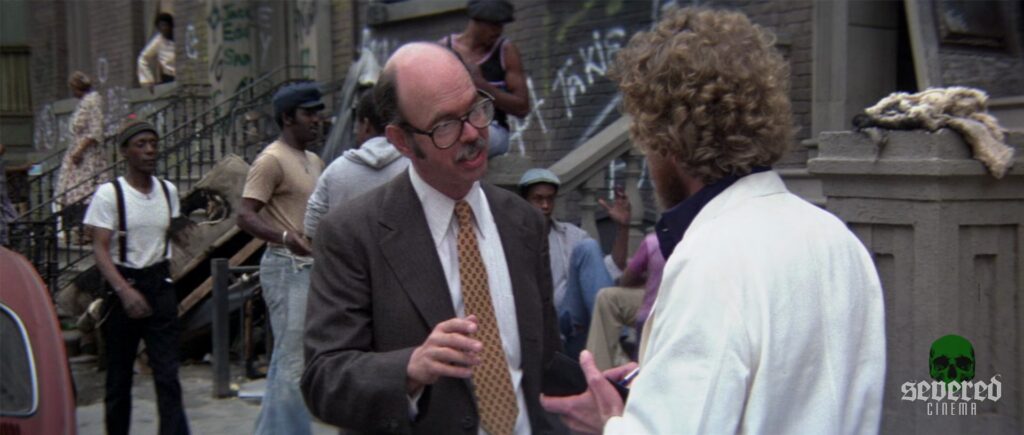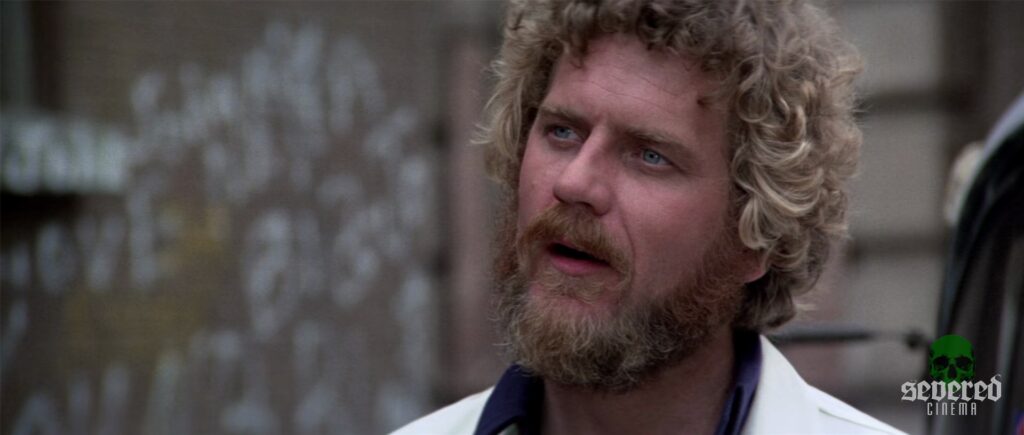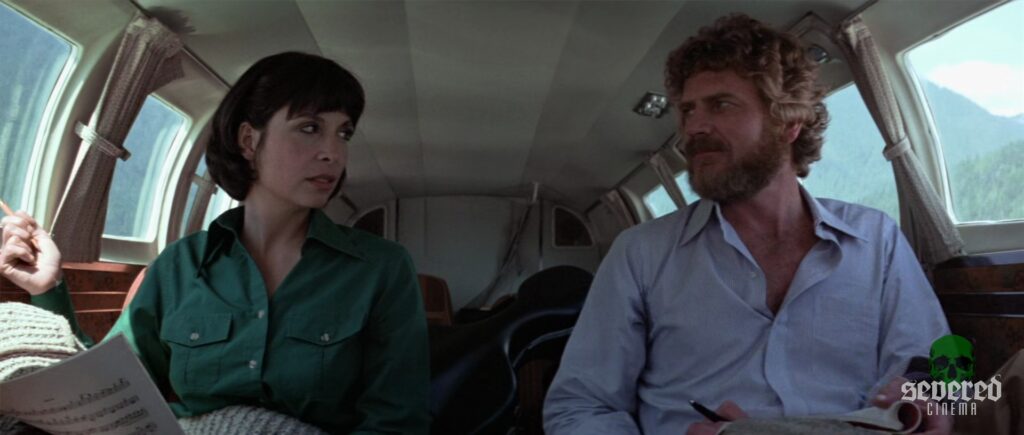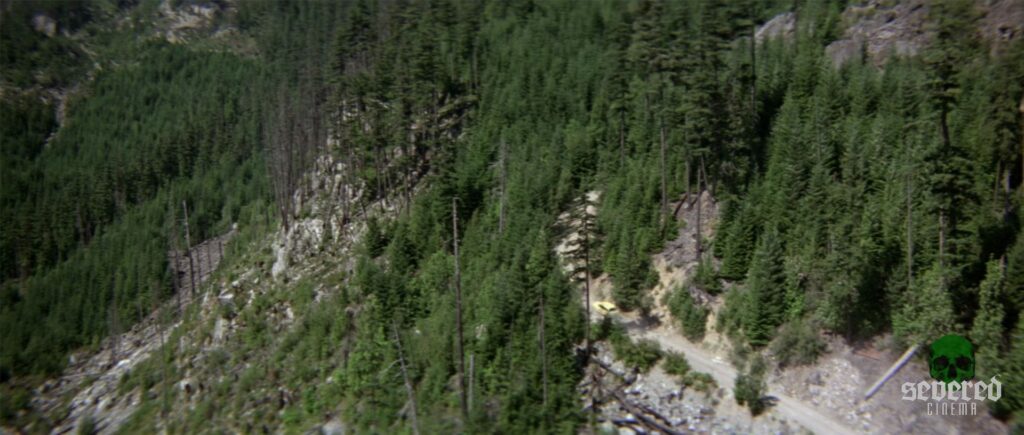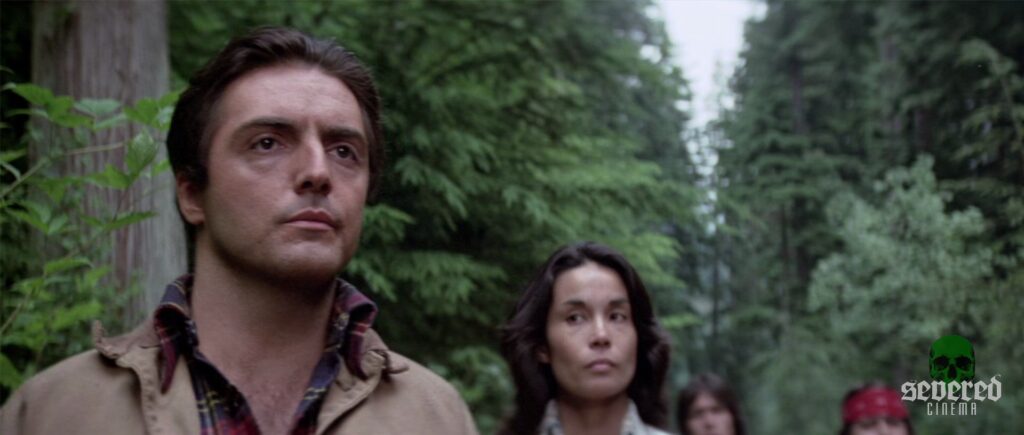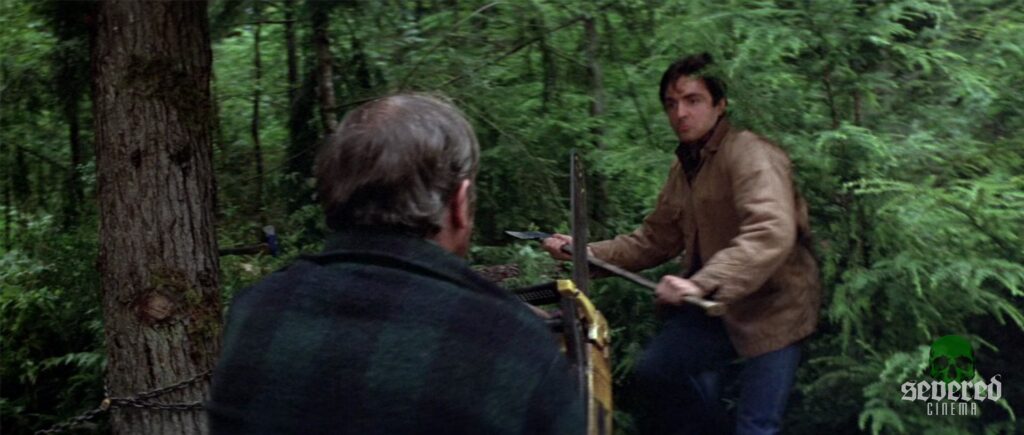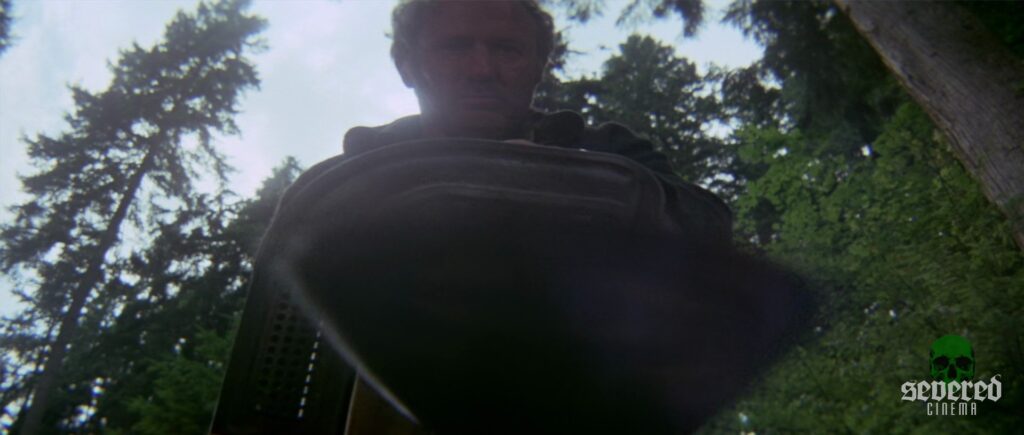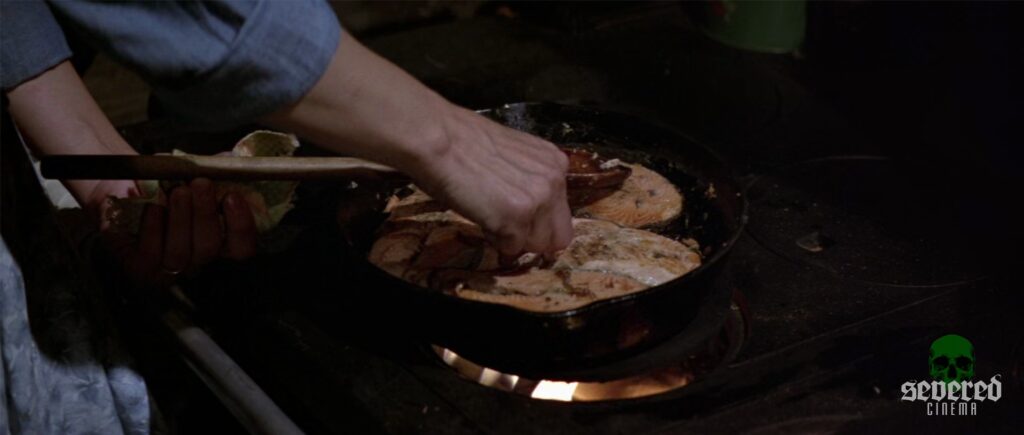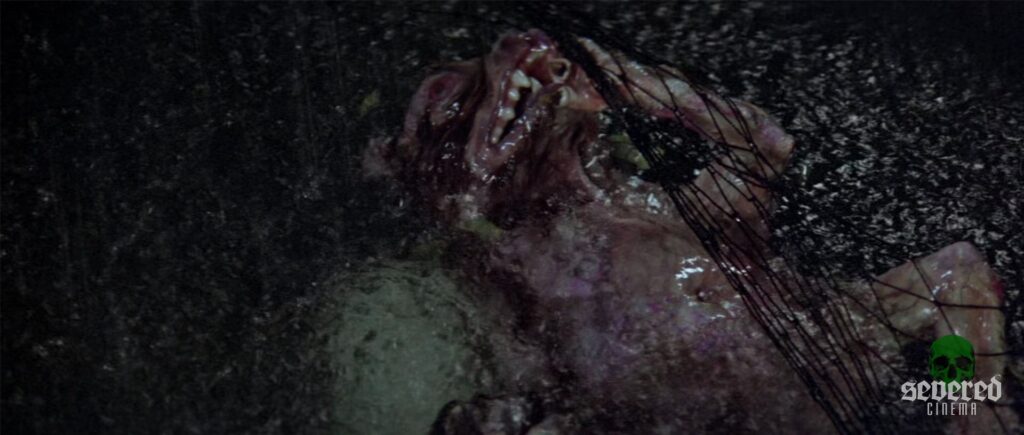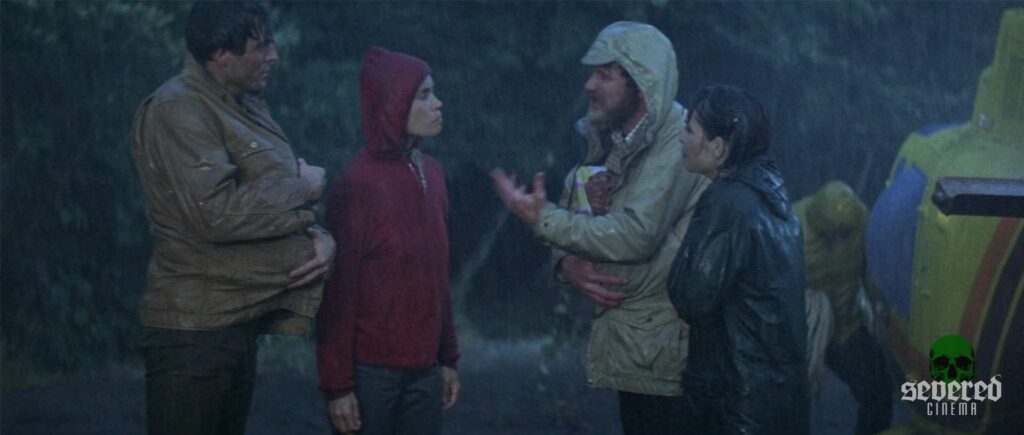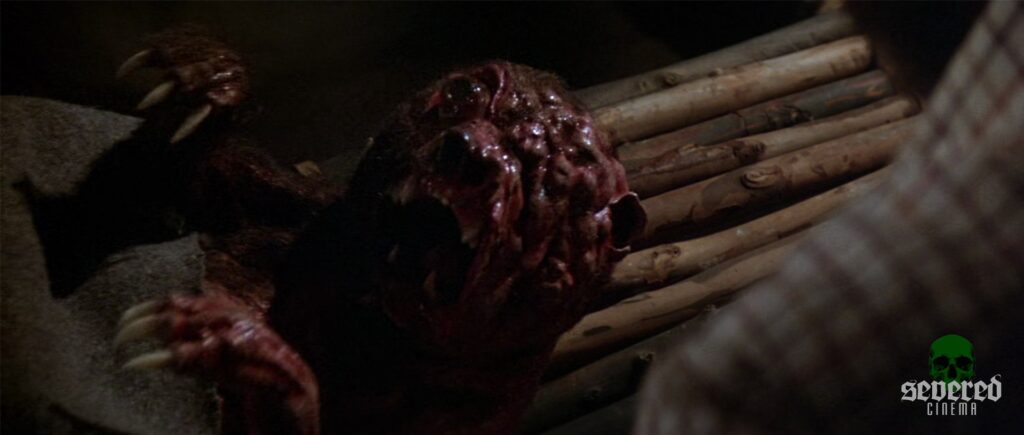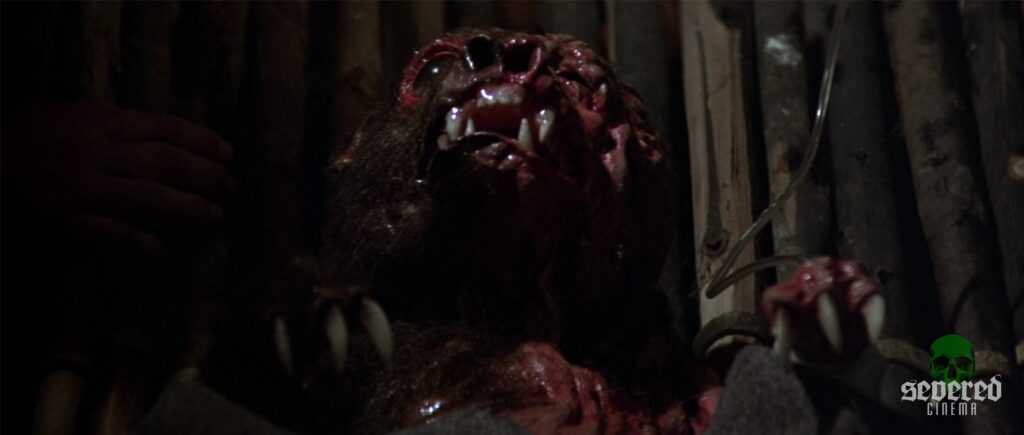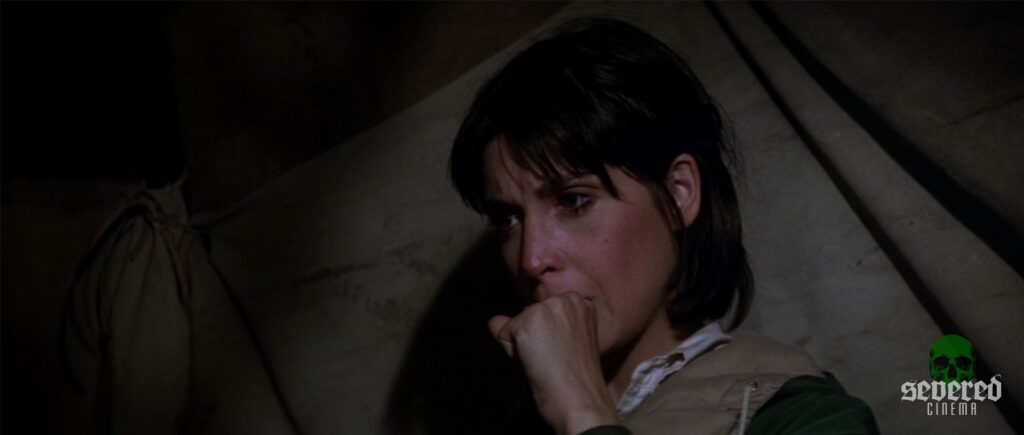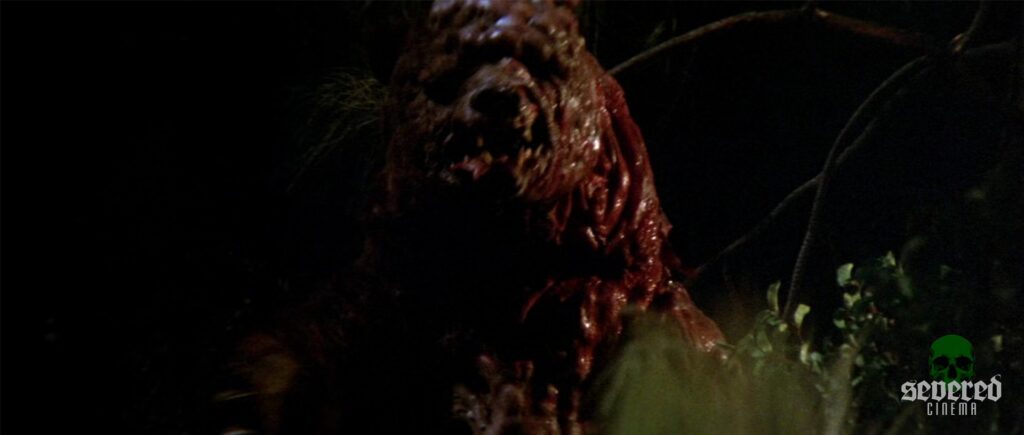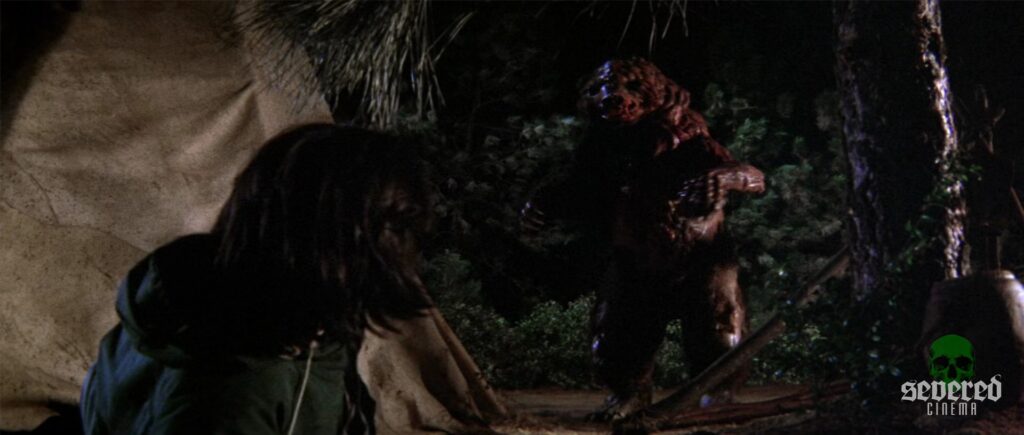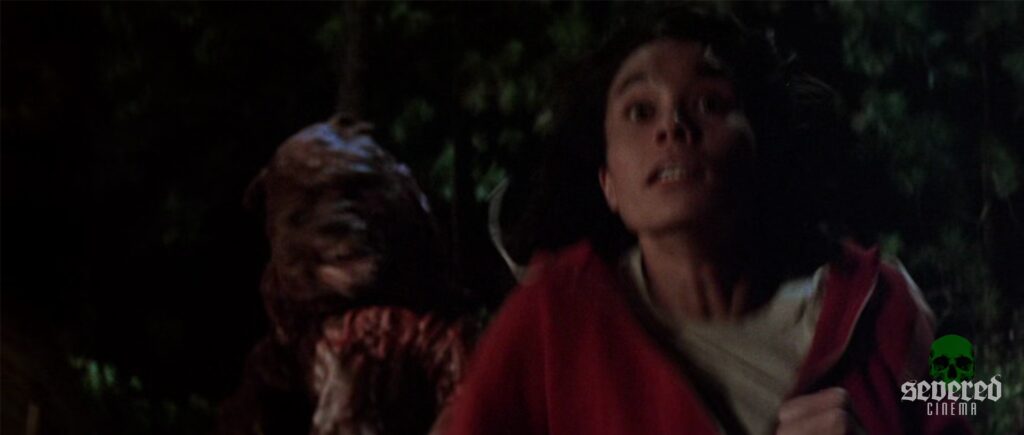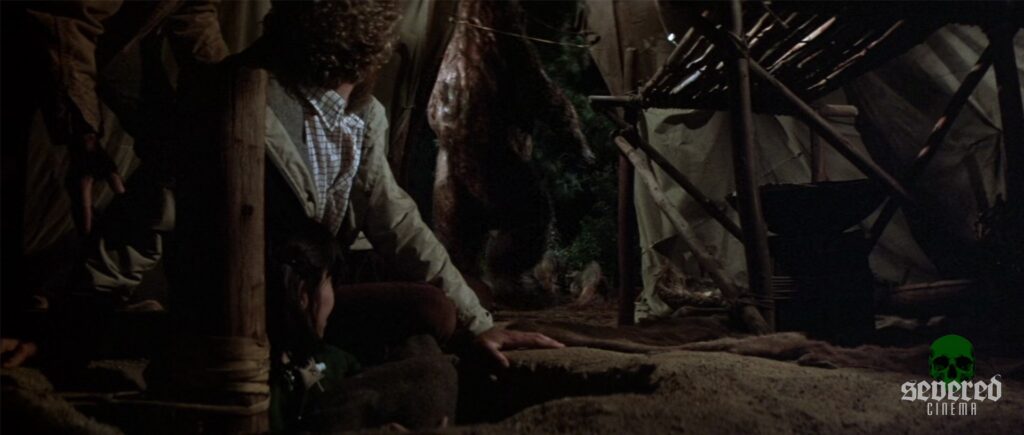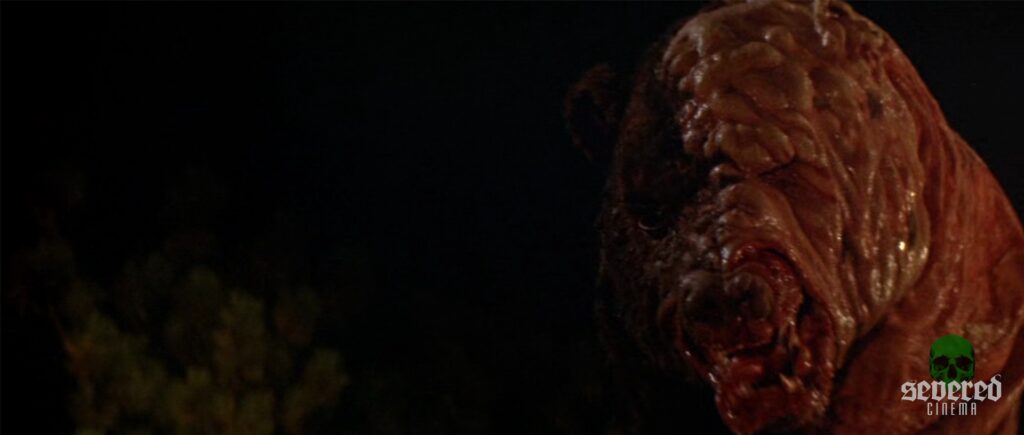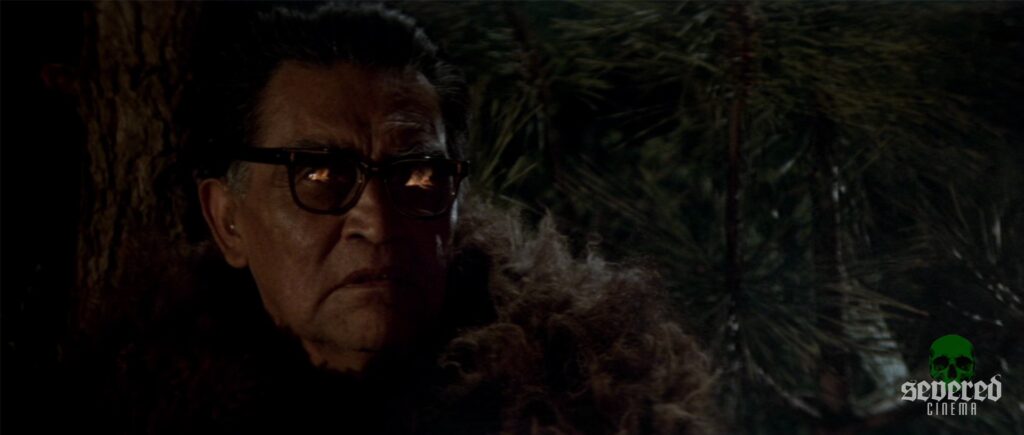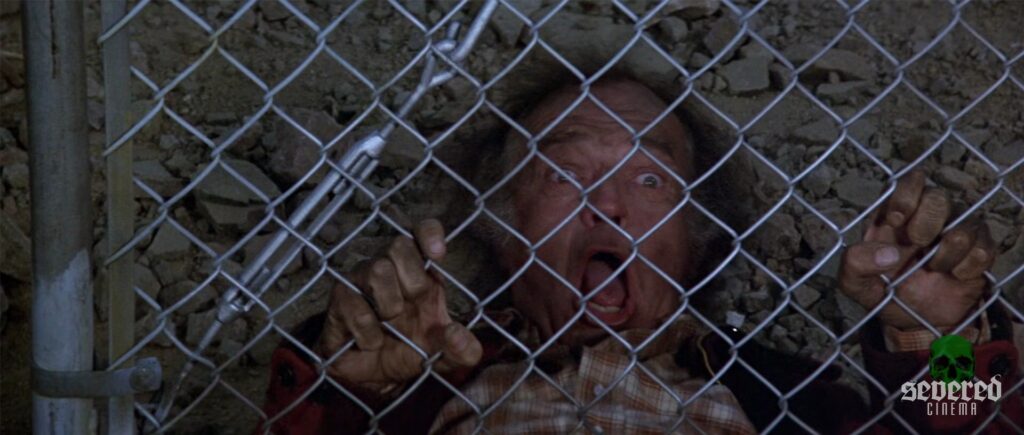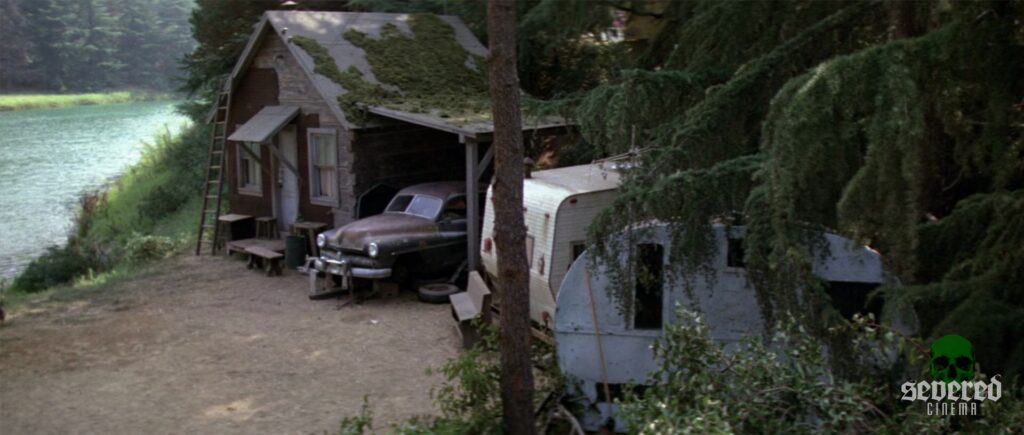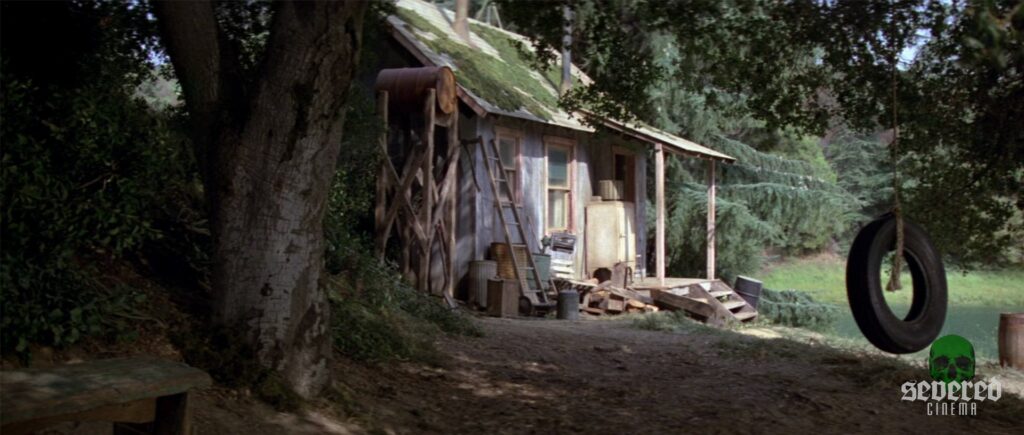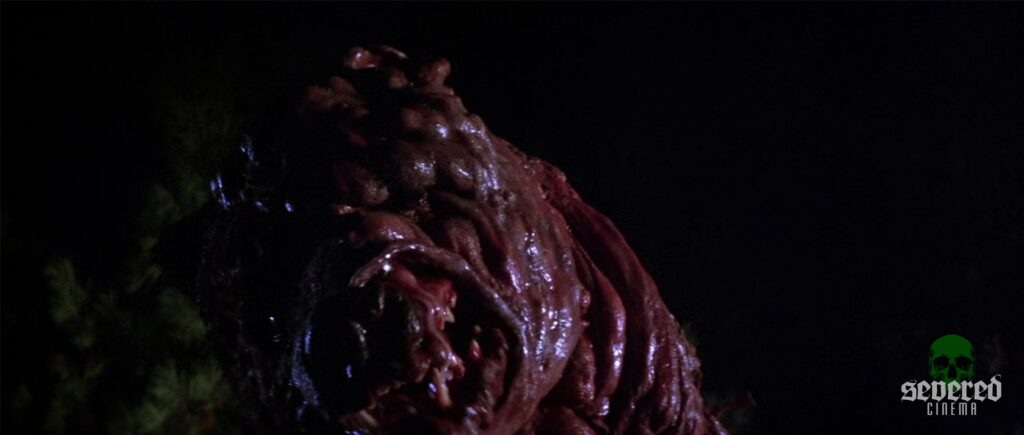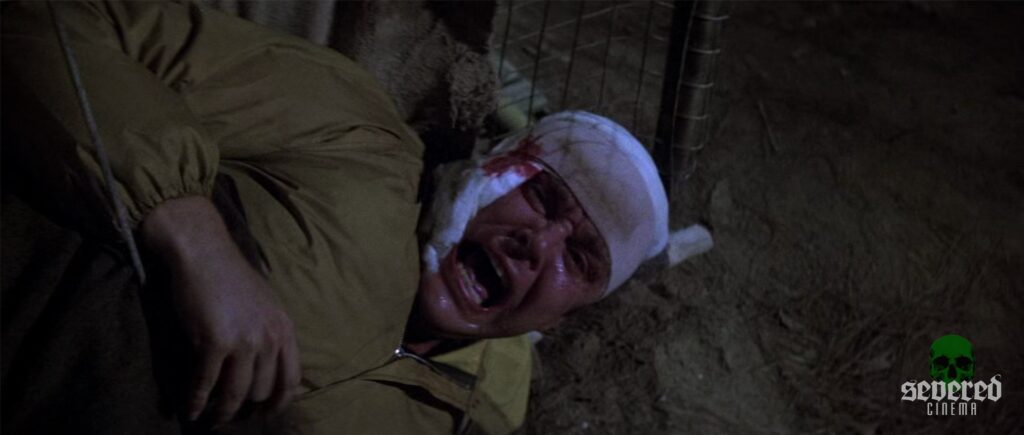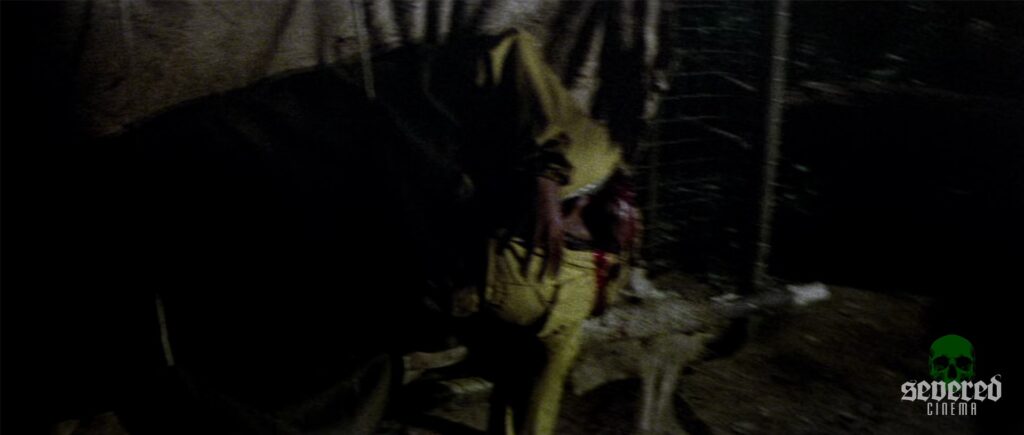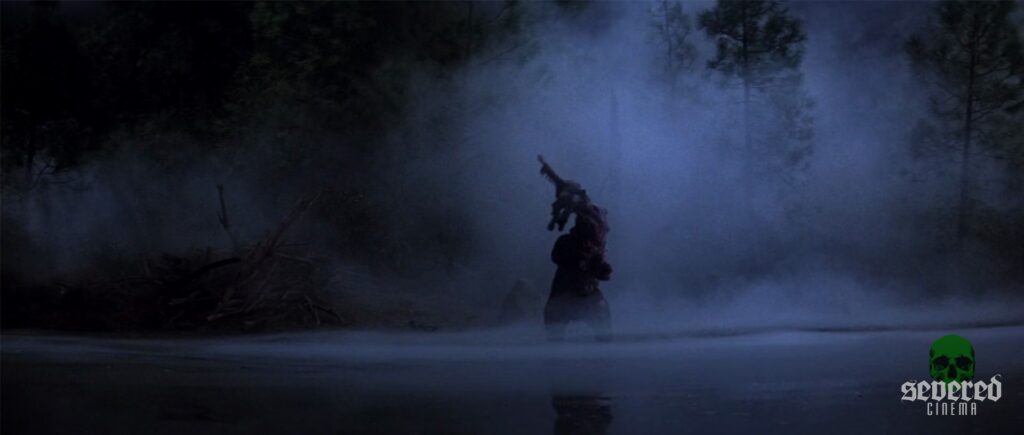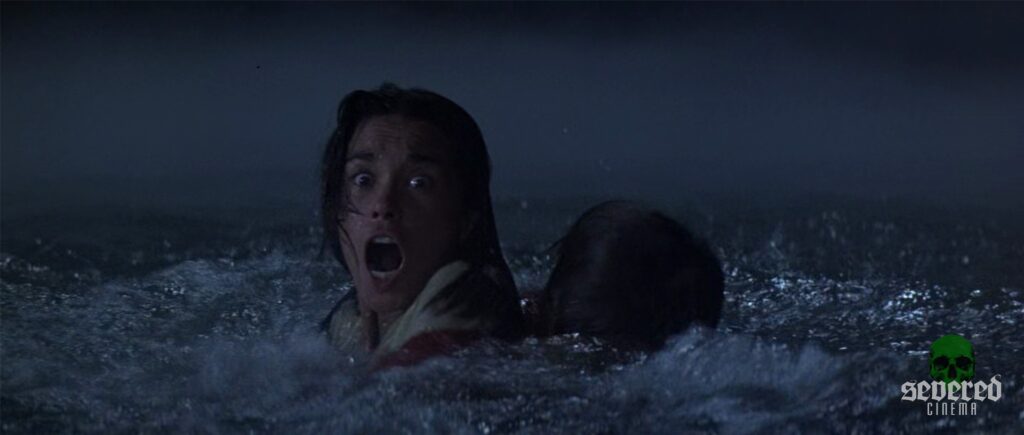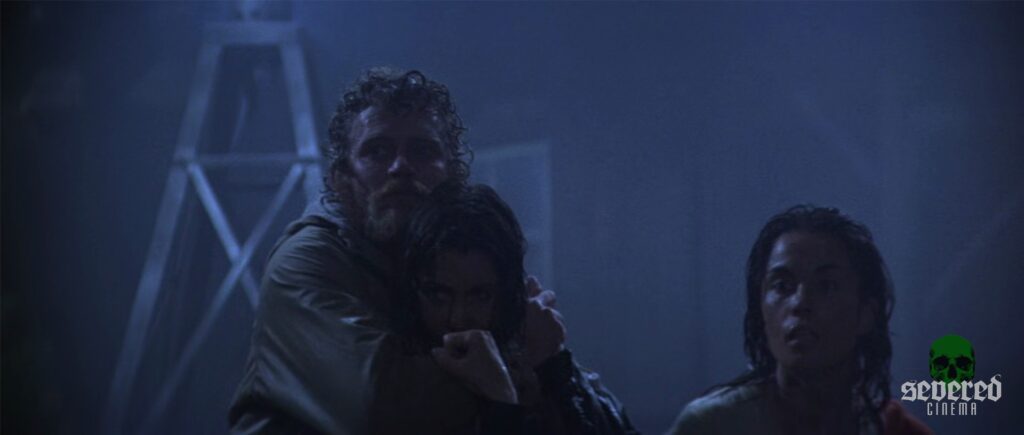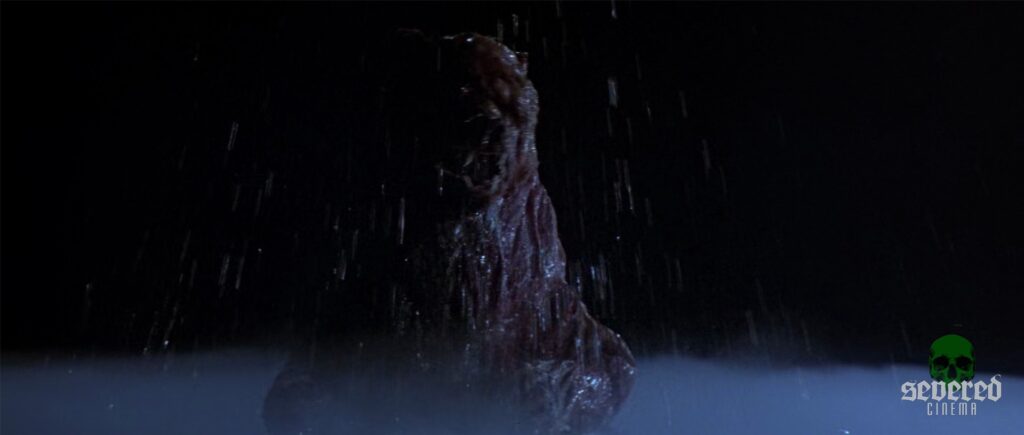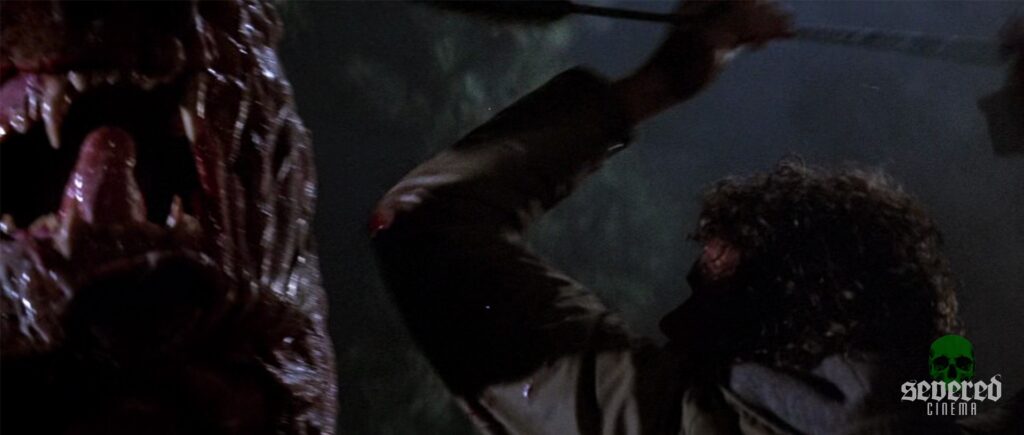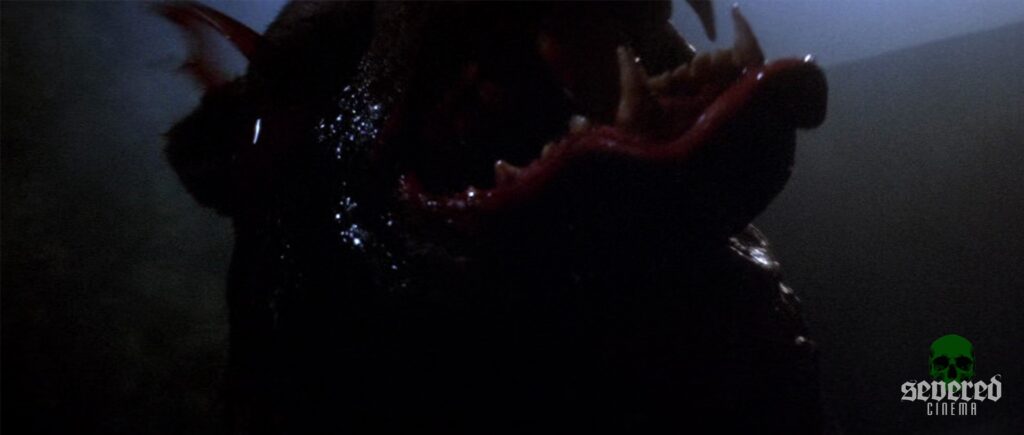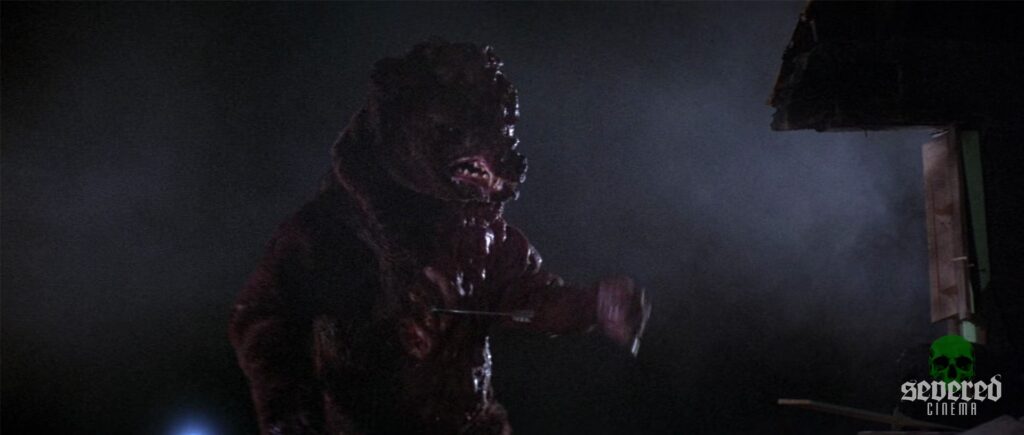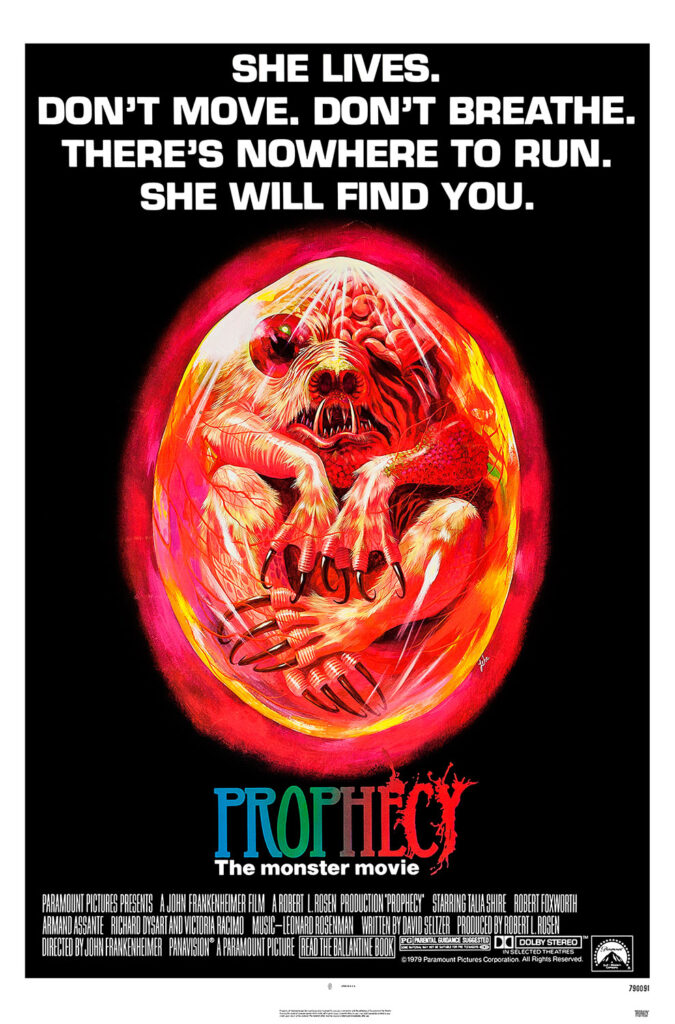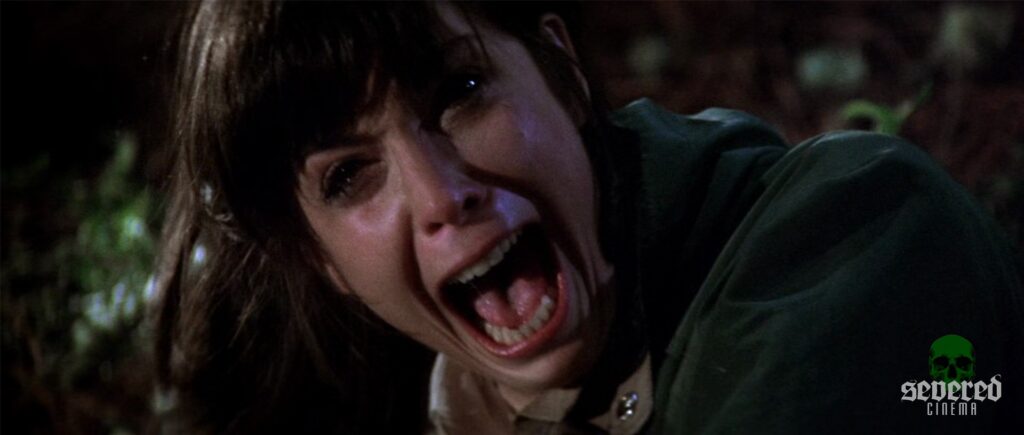Nature’s Wrath: Rediscovering ‘Prophecy’ (1979) and the Lost Art of Environmental Horror!
Whatever happened to environmental horror? I mean really. “Save the environment.” The Native Americans and keep America beautiful. Deliverance. Star Trek IV: The Voyage Home & Save the Whales. Stop nuclear armament or even nuclear power plants in movies like Silkwood (1983). As a child of the ‘80s & ‘90s we were bombarded with environmental horror. The Inhumanoids (search on YouTube “Inhumanoids Decompose!” for a nice flavour of the horrors of ‘80s children’s cartoons). They surely had cool toys back in the day that were inspired by environmental mutations including The Supernaturals, Sectaurs, and Battle Beasts. They all had a mutant/environmental/native totem bent to them. At the same time there was Poltergeist & The Shining, and the ‘Ancient Indian Burial Ground’ trope. In the ‘90s it was Captain Planet shaming us for buying what evil capitalist polluters were selling. The Simpsons and the 3 Mile Island joke of Homer Simpson working in the nuclear power plant that created “Blinky” the three-eyed fish. Then the genetic mutations in the ‘90s became half social commentary with the X-Men, Spider-Man, and the Incredible Hulk cartoons which were originally all the pro-radioactive, positive spin from the 1960s acting as propaganda from Marvel to cover-up the actual reality of having God-like atomic weaponry as a counterpoint to Japan’s Godzilla (1954), a condemnation of nuclear weapons as an totem creature of mass destruction. In Japan, meanwhile, there were attempts to again blame the West for using nuclear weapons to incinerate genetic mutants, which were ironically in fact created from an initial nuclear holocaust, in a masterpiece like Warriors of the Wind (1984), under the superior New World Pictures version and later in the Disney version, which is closer to director, Hayao Miyazaki’s vision; an inferior and overly-telegraphed story, Nausicaä of the Valley of the Wind. (Sidenote: I will fight any Manga fanboy to the death on this point, come get some if you want a piece!)
By the late ‘90s it morphed into a more serious, adult, albeit ‘feel-good’ film, with the material accounting of “Externalities” coming into legal view with real financial consequences, when the last real serious stab at this was the true story of Erin Brockovich. A decade later, James Cameron’s Avatar arrived and became the highest grossing film of all time as a pro-environment, fantasy-adventure, undergirded with themes of destroying natural environments and peoples to obtain natural resources (an odd combination of Iraq War guilt over controlling ‘their’ oil reserves mixed with general resource extraction from the Native Americans with a Pocahontas main storyline).
Through all these mutations of environmentally themed movies, it does not address the disappearance of the environmental horror subgenre, which is strange because there is so much investment in solar, wind, and nuclear, and the rise of the EV, and Elon Musk’s Teslas being more common on the road these days than BMWs or Mercedes. Somehow the environmental movement since winning major federal spending has given up the cultural horror stirrings in the collective unconscious which is too bad because China and India have some of the worst pollution problems in the world. I guess we can only criticize ourselves so much before we had to seem like we’re doing something and yet are environmental crimes really gone? Michael Moore executive produced The Planet of the Humans (2019), which lays to rest of common wisdom that ‘we are solving environmental industrial waste, no problem’ and kind of exposes the environmental cure-all of electric vehicles as a fraud and causing a lot of environmental waste, in fact. A new fraud, a new cover-up, and now, mysteriously, no environmental horror to stir the conscience of the King. The King doesn’t want to hear it anymore!
This takes us back to 1979, the height of the potential for this environmental horror subgenre, with Prophecy. Directed by John Frankenheimer and written by David Seltzer. This film, unlike all other environmental horror, genuinely captures the existential horror of environmental issues in a way few films ever have. The directing is genuinely excellent here.
The opening scene is of a rescue crew only seen in the middle of the night by their safety helmet lights, as the winds blow against the trees, as some evil mutant stalks them. It is a legitimately frightening atmosphere created here. Very low tech, but nevertheless very effective opening scene.
Now to the city, Robert Foxworthy plays Dr. Robert Verne, a strong, liberal hero, in the best sense of that concept. He bravely goes into the ghetto slum to treat a baby for rat bites. On top of treating the baby’s wounds, he plans to file a lawsuit with Lloyds of London and expects a settlement from the slumlords who allowed the place to be so overrun with rats. He is doing his part admirably to ‘do the right thing’, however futile.
His good reputation is noticed by a corporate entity that wants to pay him to mediate a dispute with Native Americans and a paper mill over land and resource rights and later we discover bizarre environmental concerns. He is the right kind of empathetic people person they want to communicate on their behalf. He reluctantly agrees.
Dr. Verne and his wife fly over a beautifully colour saturated forest. It is a pristine and idyllic and iconically late ‘70s the way it is presented. Then the environmental menace is casually viewed as they see a vast, to the horizon, logging lanes in the lake.
Dr. Verne’s wife, Maggie Verne, is played with dark, smoldering, empathy and likeable compassion by “Yo Adrian!” herself, Talia Shire. All jokes aside, Talia brings just the right serious tone to this film as a professional cellist and accompanies her husband on this dangerous adventure to mediate between the white paper mill corporate types and the Native Americans. And it starts off very intensely with a chainsaw versus axe fight when the whites try to cut down a tree with a chain barricade. Talia is shocked but holds firm. Dr. Verne gets in between them and begs them to stop the violence. The white with the chainsaw almost decapitates the Native. He was willing to die rather than allow them to cut down that tree barricade. The Natives relent and the whites pass deeper in the paper mill zone.
The paper mill set up Mr. & Mrs. Verne in a cabin on what appears to be a pristine lake. They catch up with the native who was part of the chainsaw vs. axe fight, and the native man confesses children are being born as mutants here. Dr. Verne says to Talia, “They have some things they want to show us” like it was an afterschool special or something. They meet the Native Chieftain Grandfather played by “It is a good day to die” Chief from Little Big Man (1970), George Clutesi. He tells them of the mutations and has scars on his burnt hand from either smoking cigarettes like a homeless person, not caring about the pain or scars, which the not so street-smart Dr. Verne interprets as a sign of mercury poisoning, which I am not sure how as it only affects his smoking hand, but alright! As the insult to common sense always goes… “What are you? A doctor?” No, but I know a cigarette-stained hand when I see one.
Later, Dr. Verne innocently catches a fish. Oddly, after catching it, he sees another giant, mutated fish eat a duck. He can hardly believe it, but it does not dissuade him from allowing his wife later that night to cook and eat the normal fish he caught.
The mood of this couple is so comfortable that you actually miss normal couples in movies; a trope as long gone as the environmental horror subgenre, I would say. Then later that night a mentally disturbed raccoon attacks his wife. Dr. Verne abandons his pacificism and beats the shit out of the raccoon, ultimately tossing the fucker in the fire. The gross smell I cannot imagine, sitting there all night in the small cabin. Terrible.
The next day the lovely couple go together to the paper mill, which is an impressive industrial plant. It is vast and highly intricate operation. Huge pulping machines etcetera. Very interesting to incorporate a real paper mill like that into such an anti-corporate film. Dr. Verne starts to get angry and confrontational with the head rep of the paper mill about what is really happening with the pollution and run off into the water. His wife steps in it and he notices “what is the only liquid in the world that isn’t wet?” “Mercury.”
Now the key scene of existential horror occurs, as keenly as any one scene can disturb a thinking audience member. With zero sensitivity to his wife, Dr. Verne pours over environmental reports of the area and goes onto to explain how the whole area was contaminated in the 1950s and ‘60s and how eating mercury can create horrific mutations in children with even a small amount the stuff. He completely forgets he fed her the mutant lake fish the night before and Talia looks highly disturbed as the subtext is she, herself, is in fact, currently pregnant.
Later the Native Man and his Native Wife takes them in the rainy woods to a fish net that contains two mutant bear cubs. Very disturbing to see the cry of the mutants, as if to ask “why have you made me like this? Please kill me!” Of course, Talia Shire, being pregnant, looks at this horrible mistake of nature and instead of only recoiling she feels the deepest empathy for it, as though it were a foreshadowing of her own child. She is a better person than I am in that respect. But the horror of this contrast is so painful to contemplate, truly. It’s excellent, existential, environmental horror.
They snatch the mutant babies to use as proof that the paper mill is creating mutant babies in the native population. But this triggers the mutant mama bear’s wrath as they do this in her territory. Talia cries over the hideous freakishness of the mutant bear cub, contemplating the horror of it all to its deepest dimensions.
Soon big mama mutant bear breaks into their cabin as the Verne’s, the natives and the corporate rep all hide in the cabin’s basement. Do cabin’s really have fucking basements? I guess I haven’t been in enough cabins to know. Or has it been artifice ever since Evil Dead or what? I find it hard to believe. Maybe screenwriters are in the city too much and just don’t hang out in enough cabins?
Eventually they have a final confrontation, after being stalked by the evil mutant bear and it is appropriately grotesque. It holds up today, I’d say. As well as any mutant bear might.
The good guys are chased right into a lake. At this point the mutant cub, held by Talia, who holds it like it was Rosemary’s Baby, is soon turned against, as it starts to bite her in the middle of the lake causing her husband to rescue her, leaving the cub to drown, appropriately.
There is another confrontation between Chief Grandfather and the monster bear where he calls it on himself, and um, sacrifices himself to, um, buy them about 20 seconds of swimming time. Not a great trade overall. But the horrifying image of the bear from a distance rag dolling Grandfather in the air is legitimately worth it as horror spectacle.
The heroes safely make it to the other side of the lake. Safe at last. Yeah. The bear soon follows them into the lake of course, and appears to drown, perhaps trying to save its mutant baby cub.
The suspense is palatable as the survivors wait to see if the bear will survive. No need to run, of course. The wait and see approach. I like that.
But, uh, no, it is still hellbent on murdering the stupid humans who killed her mutant baby. The bear re-emerges on the other side and man is it ugly. Now the survivors run into the cabin. They panic, bordering up the windows like a half-assed Night of the Living Dead.
Verne grabs the rifle off the wall. Lock and load. The native man pulls back his bow and arrow. They both strike together as the mutant busts down the front door. Was that enough? Nope. It busts down the whole wall this time. It bear-swats the Native American man about 20 feet impressively, after he shoots it with several arrows. Verne heroically picks up an arrow. But the bear BEARHUGS him, as Verne sticks it in the creature’s head repeatedly, then into the top of the creature’s head until it spews blood. Nice! That seems to have slowed the beast at last.
Not waiting this time for another attack, Verne jumps into the water and repeatedly stabs the creature without mercy. Damn! There goes the pacifism!
Talia wakes up in the plane with her wounds dressed, with Verne by her side, on the way home… wait, no follow-up on their mutant baby? I guess no mutant baby all of a sudden? All that will be taken care of with a little scrape I guess back in the city, no doubt.
The final jump scare in Prophecy was a throw away. I’m more curious what will happen to Talia’s mutant progeny.
The Prophecy Uppers
I love the directing of this film. I loved the performances which are pitch perfect for this kind of a couple. I love the colour saturation of the nature and lakes. I love the theme of the film. I love the tone of the horror. Realism up until the point of the creature. And even so, I think others are too hard on the practical effects of this film. I found them to be excellent and they hold up just fine today. Much more terrifying than 95% of CGI horror these days.
I certainly would think twice before just wandering around the woods after watching Prophecy. Especially back then. I can picture this movie having a Jaws-like effect on tent campers.
Prophecy Downers
Plot-wise, the doctor was kind of stupid to allow his wife to eat fish in a lake that has run-off from a paper mill. They hired him, I am guessing, not for his environmental expertise, and it was like by the time he read and fully understood the danger to his wife, it was too late. But seriously, that mutant fish that ate the duck, c’mon, don’t feed your wife a fish out the same lake. But then again, “What am I? A doctor?” Who am I to say?
Overall, I really don’t have many downers here. I’m thinking this was an underrated gem of a horror film, one that makes me wish there were a lot more environmental horror films in the genre. This film got passed over as the much better film, Alien (1979), was released the same year. That said, I am happy to help the exhume this one in whatever minor way I can.
I highly recommended Prophecy, and I advise you to check it out on YouTube as there is a remastered version of it currently available in an attached link. Make it part of this October’s Horror-a-thon and give a deep dreadful thought to what could have been in the environmental horror subgenre.
AKA: Prophecy: The Monster Movie
Directed by: John Frankenheimer
Written by: David Seltzer
Produced by: Robert L. Rosen
Cinematography by: Harry Stradling Jr.
Edited by: Tom Rolf
Music by: Leonard Rosenman
Special Effects by: The Burman Studio
Cast: Talia Shire, Robert Foxworth, Armand Assante, Richard Dysart, Victoria Racimo,
Year: 1979
Country: USA
Language: English
Colour: Colour
Runtime: 1h 42min
Studio: Paramount Pictures
Distribution: Paramount Pictures, Scream Factory
